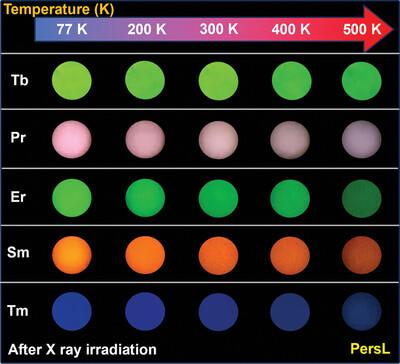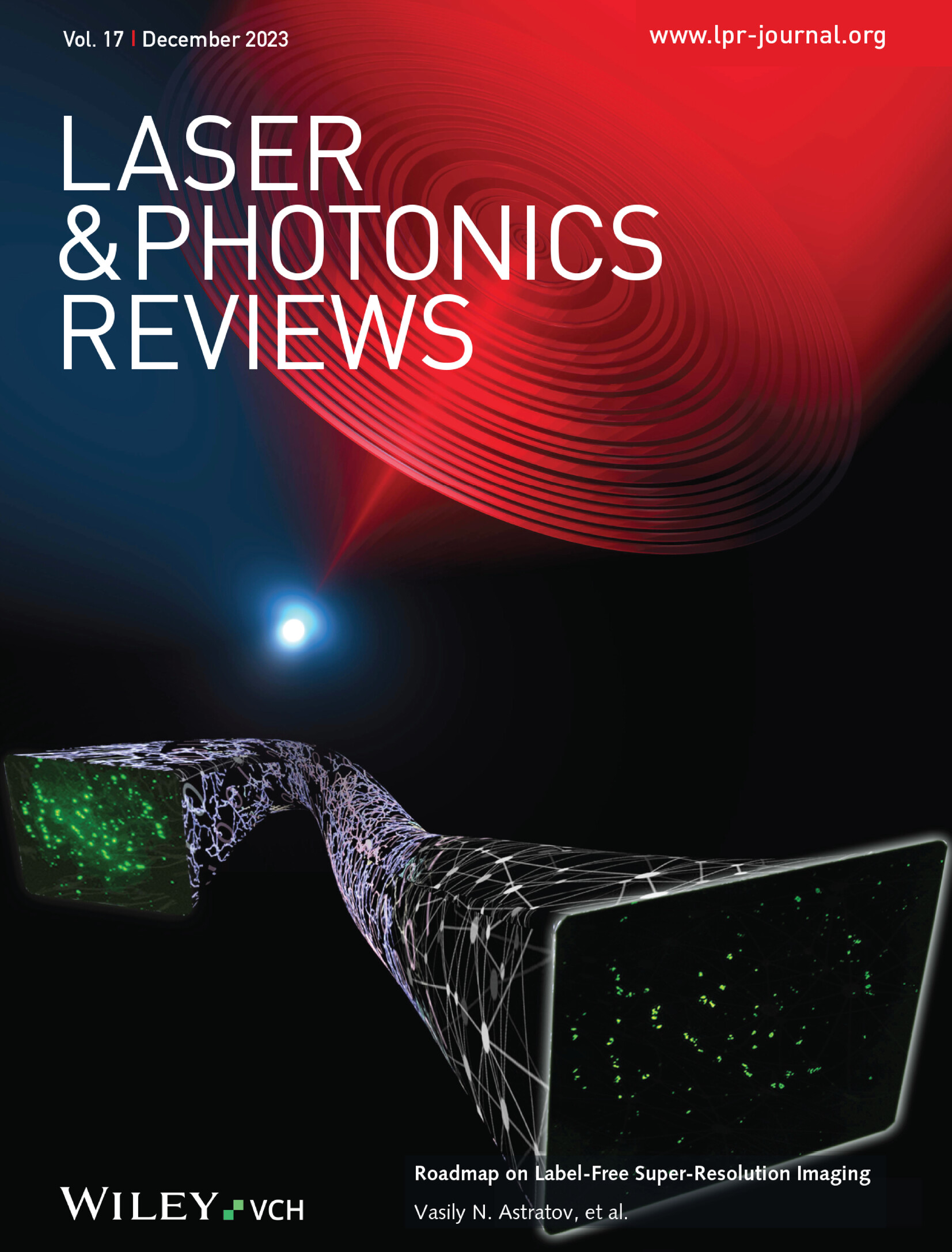Wide-Temperature Persistent Luminescence
IF 9.8
1区 物理与天体物理
Q1 OPTICS
引用次数: 0
Abstract
Traditional persistent luminescence (PersL) materials depend on the distribution of inherent traps within their structure, which are usually narrow and discontinuous, thereby restricting their functionality to a limited temperature range. The development of materials capable of PersL over a wide temperature range, represents a significant hurdle in the advancement of PersL technology. Here, this study deviates from the conventional method of relying on inherent traps and instead harness recoverable Frenkel defects within fluoride materials to broaden the operational temperature range for PersL. Under X-ray irradiation, Frenkel defects involving the migration of fluorine ions can be generated and recovered in real time, accompanied by the formation and dissipation of localized excitons, ultimately transferring energy to the luminescent centers. Notably, this recovery process is operative at all temperatures and is sufficiently slow-paced, ensuring that PersL can be observed across every temperature range (77–500K). Building on this mechanism, the production of multicolor wide-temperature PersL is readily attainable through the straightforward substitution of various luminescent centers. Significantly, X-ray-induced recoverable Frenkel defects have the potential to confer the characteristics of wide-temperature PersL to materials that inherently lack these attributes. This, in turn, provides a new design strategy for developing wide-temperature PersL materials.

宽温持久发光
传统的持久发光(PersL)材料依赖于其结构中固有陷阱的分布,这些陷阱通常狭窄且不连续,从而将其功能限制在有限的温度范围内。开发能够在较宽温度范围内持续发光的材料是推动持续发光技术发展的重要障碍。本研究偏离了依赖固有陷阱的传统方法,转而利用氟化物材料中可恢复的弗伦克尔缺陷来拓宽 PersL 的工作温度范围。在 X 射线照射下,涉及氟离子迁移的 Frenkel 缺陷可以实时产生和恢复,并伴随着局部激子的形成和耗散,最终将能量转移到发光中心。值得注意的是,这一恢复过程在所有温度下都能进行,而且节奏足够缓慢,从而确保在所有温度范围(77-500K)内都能观察到 PersL。在这一机制的基础上,通过直接替换各种发光中心,就能很容易地生产出多色宽温 PersL。值得注意的是,X 射线诱导的可恢复弗伦克尔缺陷有可能将宽温 PersL 的特性赋予本身缺乏这些特性的材料。这反过来又为开发宽温 PersL 材料提供了一种新的设计策略。
本文章由计算机程序翻译,如有差异,请以英文原文为准。
求助全文
约1分钟内获得全文
求助全文
来源期刊
CiteScore
14.20
自引率
5.50%
发文量
314
审稿时长
2 months
期刊介绍:
Laser & Photonics Reviews is a reputable journal that publishes high-quality Reviews, original Research Articles, and Perspectives in the field of photonics and optics. It covers both theoretical and experimental aspects, including recent groundbreaking research, specific advancements, and innovative applications.
As evidence of its impact and recognition, Laser & Photonics Reviews boasts a remarkable 2022 Impact Factor of 11.0, according to the Journal Citation Reports from Clarivate Analytics (2023). Moreover, it holds impressive rankings in the InCites Journal Citation Reports: in 2021, it was ranked 6th out of 101 in the field of Optics, 15th out of 161 in Applied Physics, and 12th out of 69 in Condensed Matter Physics.
The journal uses the ISSN numbers 1863-8880 for print and 1863-8899 for online publications.

 求助内容:
求助内容: 应助结果提醒方式:
应助结果提醒方式:


